Broccoli, varieties, cultivation and photos
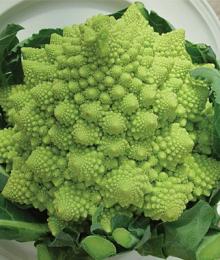
In Europe, broccoli became famous at the beginning of the 16th century, although the Greeks and Romans had been eating it for 2 thousand years. Catherine de Medici introduced broccoli into French cuisine. Then broccoli appeared in Europe and America. Not so long ago, her fans appeared in Russia.
Content:
Broccoli is one of the subspecies of cauliflower, but differs in the shape and structure of the head. Translated from Italian, “brocco” means “escape”, “branch”. A broccoli stem is a bunch of branches that have a group of small green or purple buds at the end. The head of broccoli should be cut off before the buds bloom. Broccoli does not like heat and dryness, grows well in damp climates, and can tolerate light frosts. It has no contraindications for use.
Types of broccoli
There are more than 200 varieties of broccoli in the world. Mostly Brassica oleracea or Brassica italica is grown. The first type is also called calabrese - a thick head of cabbage with a round head of white, green, purple color. The inflorescences are closely adjacent to each other. In the West, they produce a cone-shaped head in yellow, orange, and brown shades.
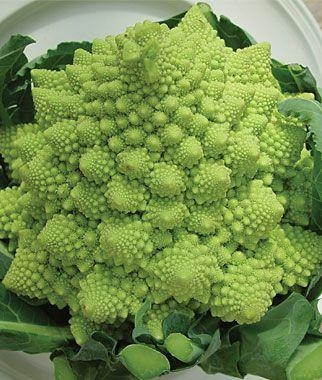
Another type is called asparagus or Italian cabbage. It is a bunch of thin stems with small inflorescences at the end. The stems of this type of broccoli are used for food; they taste similar to asparagus.
To preserve the healthfulness of broccoli, I process it minimally: blanch or steam it.
Why broccoli is good for your health
Thanks to its beneficial properties, this vegetable is loved all over the world. Broccoli is the “miracle cabbage” that helps prevent cancer and strengthen the immune system. It combines the most useful vitamins for the body. Contains substances such as beta-carotene, phosphorus and potassium, iron and zinc, calcium and magnesium, sulfur and manganese. As well as protein, fiber and essential amino acids necessary for every person.
And also broccoli:
- inhibits the growth of fungi and bacteria;
- prevents thyroid diseases;
- helps fight atherosclerosis and aging;
- reduces the risk of breast diseases;
- treats stomach ulcers, urolithiasis, prostate and others;
- indicated for cataracts, stroke, nervous diseases;
- very useful for pregnant women and children;
- has many other useful properties.
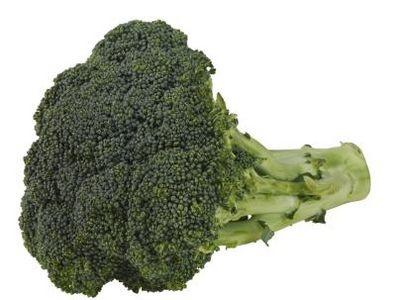
This cabbage is almost irreplaceable in the diet of any person. If you eat 300g of it every day, you can protect yourself from cancer and other complex diseases. 100 g of broccoli contains 150% of the daily requirement of proteins, fats, vitamins and fiber required by humans. It is low in calories, as 90% is water.
How to grow broccoli
Russia's damp and cool climate is well suited for growing broccoli. She needs temperatures from 160 to 250C, but can live down to -70C. Broccoli prefers neutral or slightly alkaline soil.
If you plan to grow broccoli, you need to prepare in the fall. First you need to put organic (manure or compass) and mineral fertilizers (potassium chloride, superphosphate) into the ground. And in the spring, just before planting cabbage, you need to feed the soil with nitrogen fertilizers or ammonium nitrate.Subsequent cultivation of the soil is no different from growing ordinary cabbage. It is necessary to regularly weed, water and hill up the soil, which stimulates the growth of additional roots.
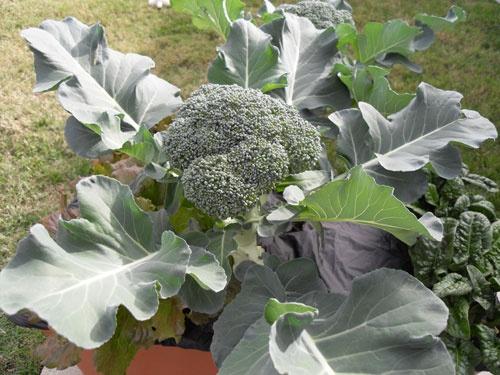
To grow an early harvest, cabbage is grown by planting seedlings. It should grow for 35-45 days. Then, in early May, the seedlings are planted in the garden. This can be done several times until the end of June. Two weeks after landing start feeding organic fertilizers. For 10 liters of water you need to dilute 0.5 liters of mullein with 1 teaspoon of urea. 5 liters of fertilizer are consumed per 1 m2. They are carried out every 12-15 days. The second feeding may be different: add 2 tablespoons of nitroammophoska to 10 liters of water. Broccoli will be ready for cutting from mid-July to the end of autumn.
You need to make sure that the heads do not have time to bloom, since after flowering, pods with seeds are formed and the broccoli becomes unsuitable for food. The head is cut off along with part of the stem. To prevent the cabbage from wilting longer, cut off the head in the morning when there is dew. Then side branches grow, which bring additional harvest, but with smaller heads.
Broccoli can be replanted in the same area no earlier than after 4 years. This plant requires almost no chemical treatment and suffers little illness.
Broccoli is undemanding to the weather and tolerates our climate well. She's useful for consumption, its cultivation is not difficult, and the harvest can be obtained in several stages. It might be worth trying to plant it for your needs. And given that there are few offers on the market, you can start selling and growing broccoli to order.

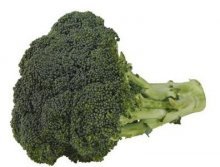
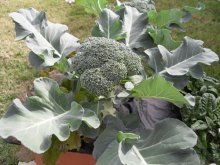
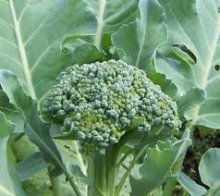
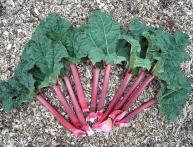
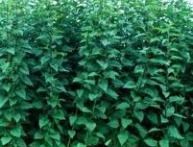

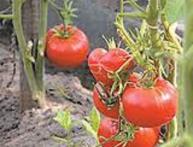
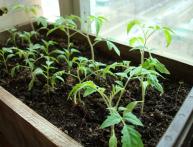
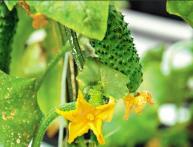
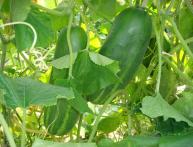
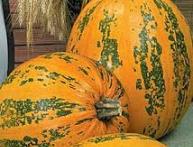
Comments
Apparently I’m such a retarded person, but I would never have thought that broccoli could be grown in our latitudes in ordinary gardens. Our family usually limits itself to potatoes/carrots/tomatoes, etc. :) We usually buy broccoli frozen in stores. Now we’ll definitely use the advice in the article and try to grow this vegetable ourselves, because why spend money on something that you can produce yourself :)
I've been growing it in my dacha for about five years now. Every year there is a great harvest. I package it in bags and put it in the freezer. And for a whole year I delight my loved ones with all sorts of goodies with her participation. But the author correctly noted that it must be cut before flowering, otherwise it is not suitable for consumption.
And I will brag. The seedlings have sprouted, the leaves are already large, so I will plant them in the ground in May if the weather is stable. I decided to try growing broccoli last year, and it turned out that I also want to get a good harvest this year.